
News
Search our News:
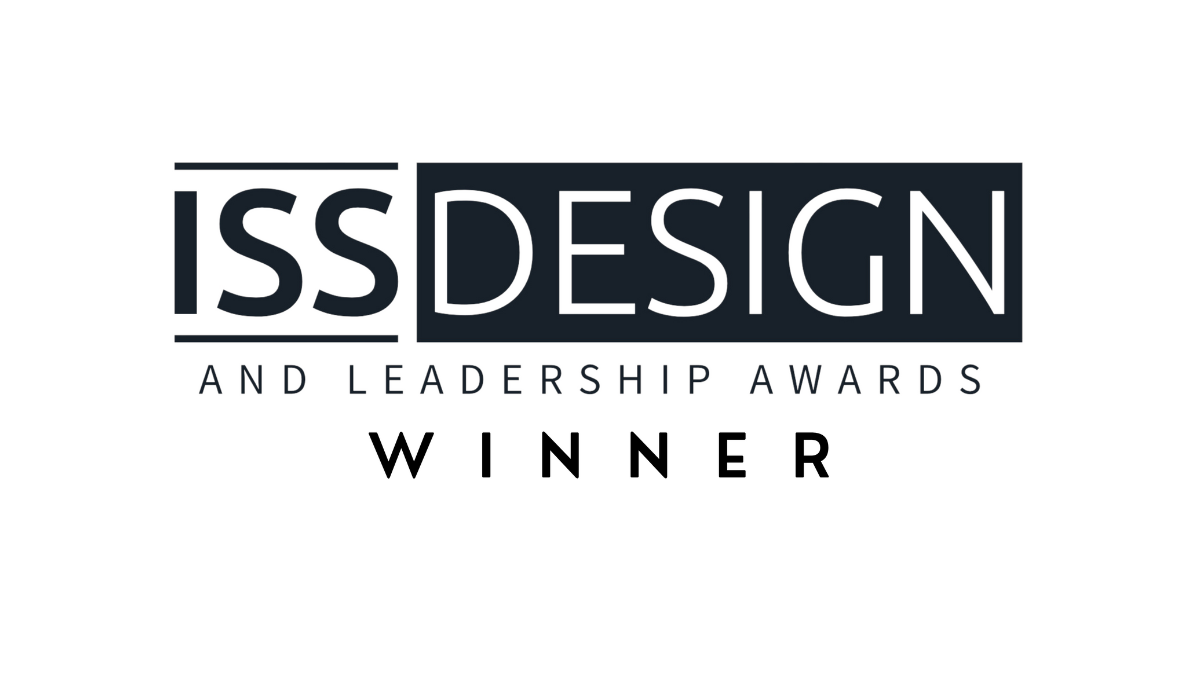
FarSounder receives ISS’s Excellence in Technology Award
FarSounder has been awarded the prestigious Excellence in Technology Award by the International Superyacht Society during their Design & Leadership Awards Gala. Held on October 30th at the Broward Center for the Performing Arts in Fort Lauderdale, this annual event celebrates remarkable achievements throughout the superyacht industry, across areas such as ship design, crew leadership, yacht of the year, and groundbreaking technology.

Next Level Awareness for Next Level USVs
It is clear that the pace of development in Autonomous/Uncrewed Surface Vessel (ASV/USV) technologies and applications is steadily increasing. The confluence of greater at sea broadband connectivity, AI based vehicle control systems, and the limited pool of mariners coupled with the successes of uncrewed systems in the war in Ukraine has created an enormous opportunity for these platforms.

Mapping The World’s Oceans
Anyone can contribute data, but Seabed 2030 maintains a group of partners—including FarSounder—that share a higher level of trust. Matthew Zimmerman, FarSounder’s CEO, says the company has been contributing bathymetric data to the International Hydrographic Organization since 2018 and became a Seabed 2030 partner last fall.
“I’m not a scientist. I’m an engineer,” he says. “I really like being able to enable science with the tools that my team and I develop.”
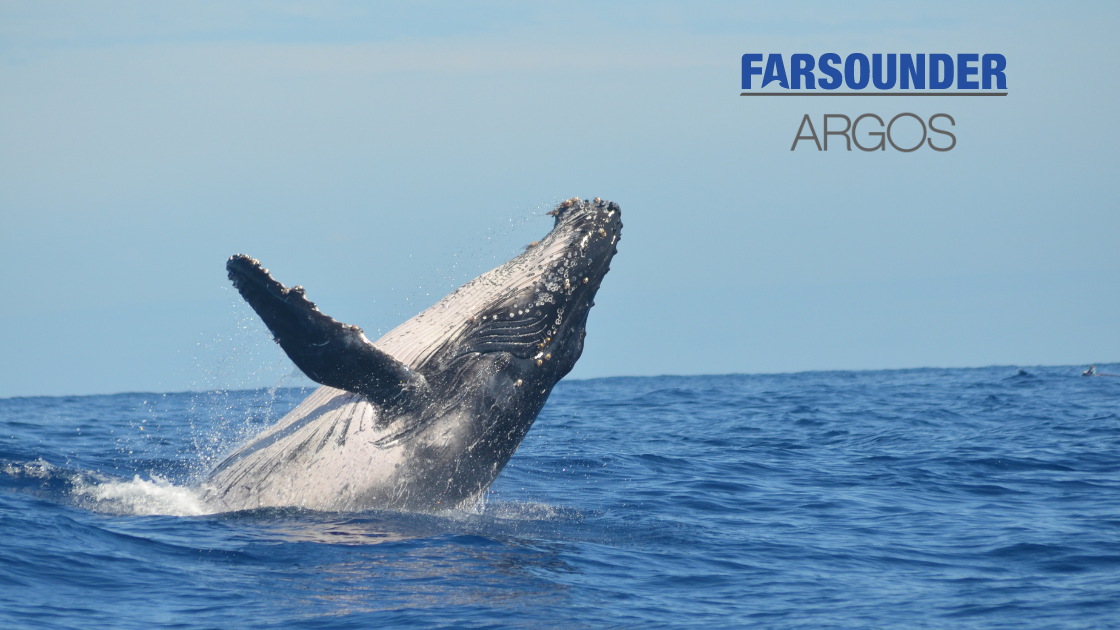
The Revolutionary Technology Helping to Prevent Whale Strikes
FarSounder is currently busy with a comprehensive research project to gather data and demonstrate how their technology can help reduce whale strikes. We spoke to FarSounder’s Director of Operations, Cassie Stetkiewicz, to find out more.
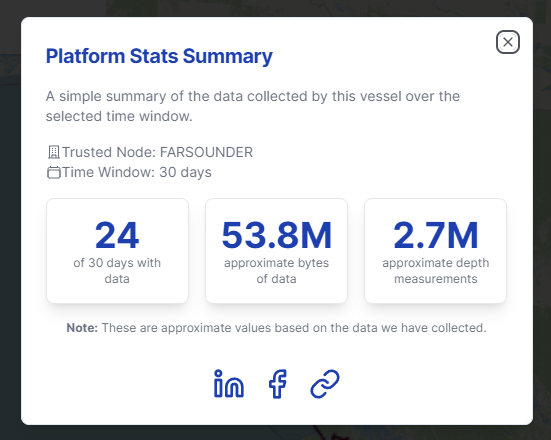
FarSounder Launches the CSB Data Explorer Platform in Partnership with The International SeaKeepers Society, the International Hydrographic Organization, and Seabed 2030
This web-based platform enables contributors of CSB (crowdsourced bathymetry) data to easily see where they’ve made contributions and gauge their support of the CSB community. This tool provides a visualization of where your vessel or vessels are making a difference in the daunting task of mapping the world’s oceans.
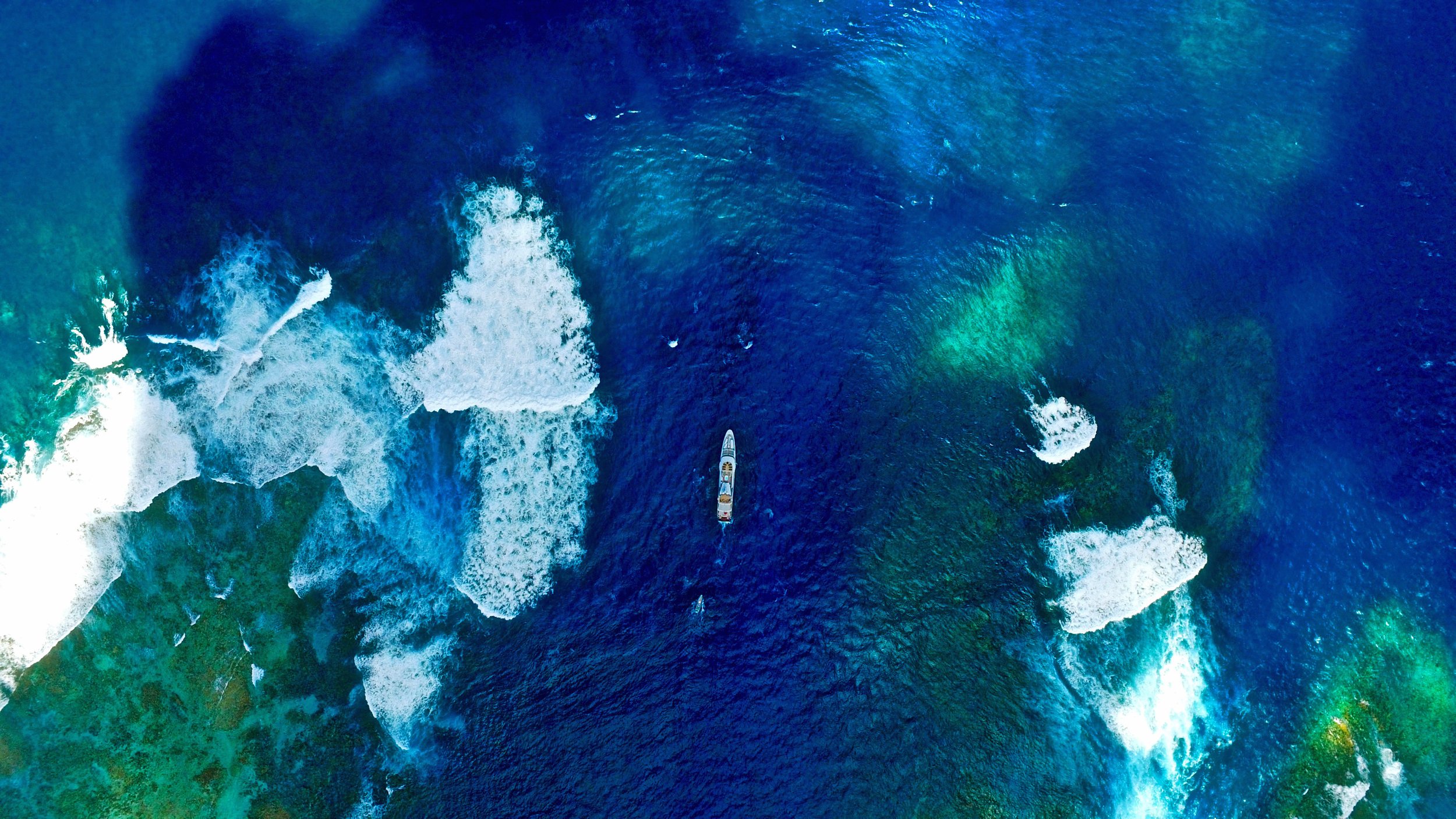
Mitigating Malicious GPS Disruptions
A critical component in the safety and efficacy of these systems is the reliability of the vessel's GPS derived position. Though the topic of GPS disruption in the media has mostly been focused on its impact to aviation and its use in defending against drone attacks, such disruptions can also have a great impact on marine navigation.
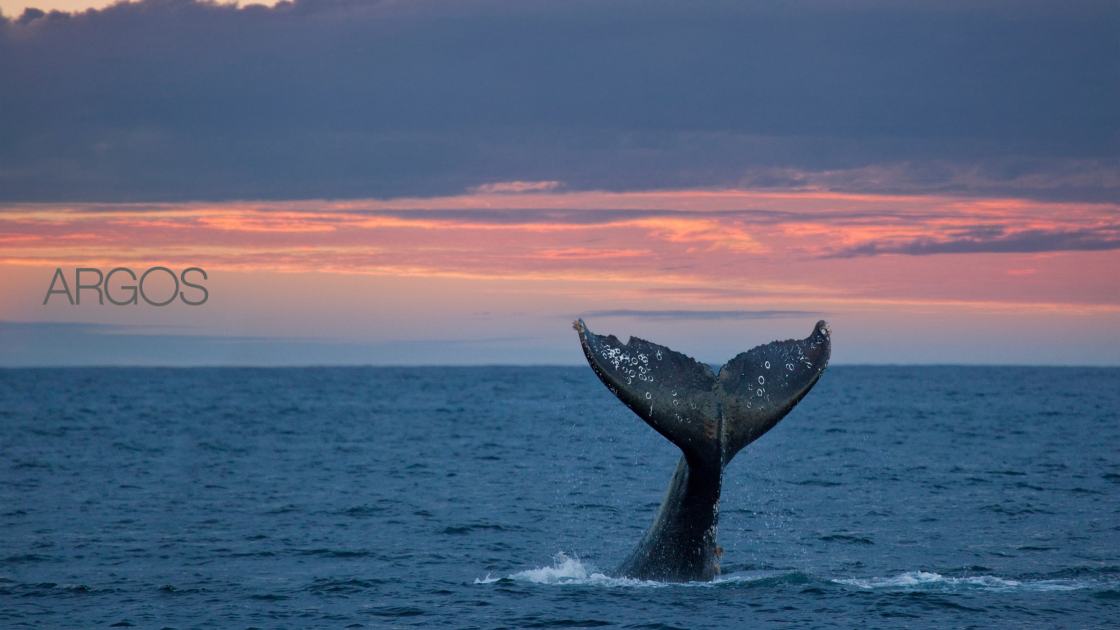
Technology Helping Prevent Whale Strikes
Whales are magnificent, intelligent mammals whose life span can be as long as a human’s. However, their lives can be cut short. As many as 80 whales are estimated to die each year off the West Coast of the US as a result of ship strikes, and about a third of all Right Whale deaths in the Atlantic are attributed to ship strikes. Sperm Whales in the Mediterranean are also listed as an endangered species, and ship strike is their leading cause of death. Whale avoidance is clearly top of mind for mariners. It is time to explore how currently available technology can help in this endeavor.
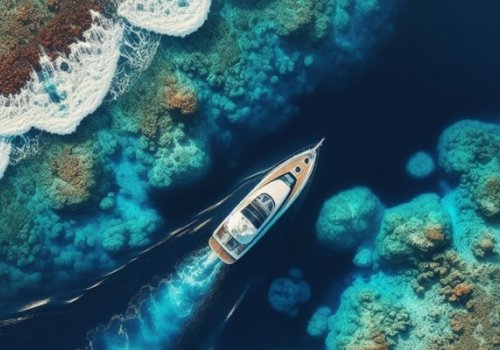
FarSounder: The Technology Driving Safe Navigation
Headquartered in Rhode Island in the US, a technology company is revolutionising the safe navigation and exploration of the world’s oceans and waterways.
Since 2001, FarSounder has been innovating 3D forward-looking sonar systems to give vessels clear sight of what lies ahead and below to avoid collisions with the seabed, underwater structures, and ocean wildlife – the latter being the driving passion of Co-Founder and CEO Matthew Zimmerman.
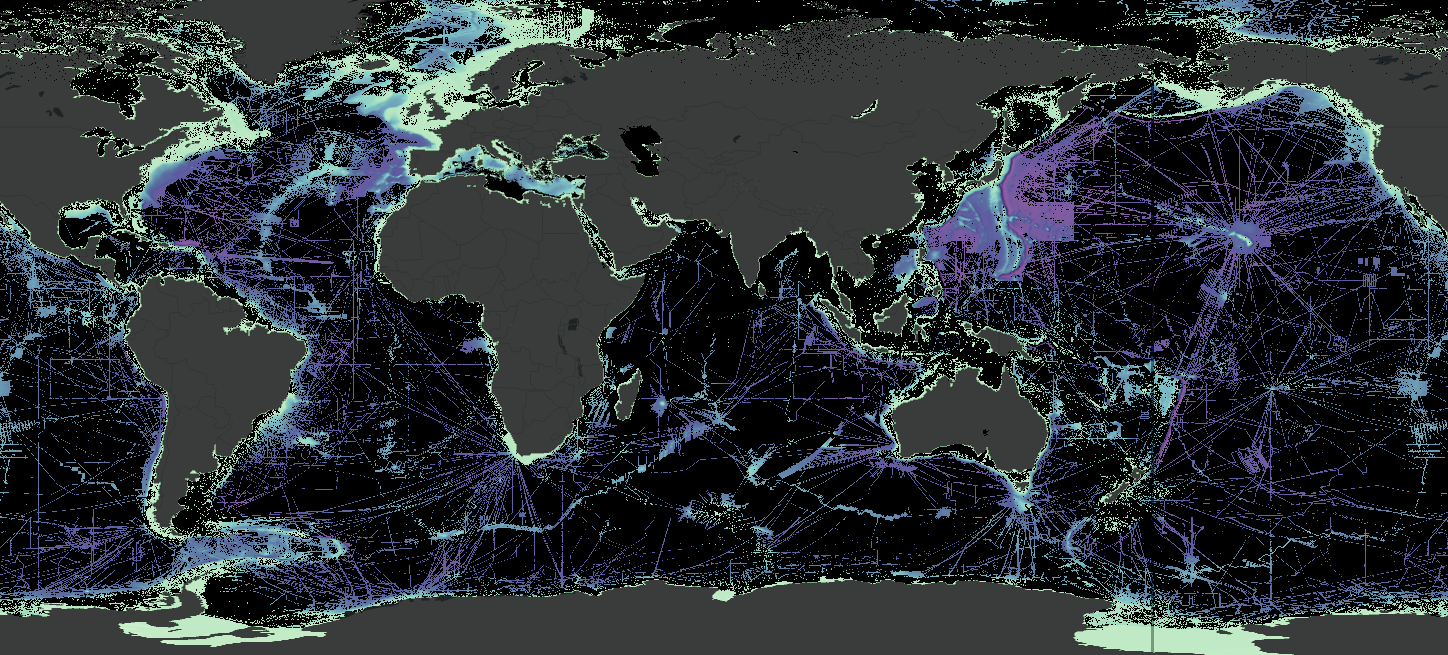
Working Together to Map the Seafloor
Imagine if protecting the fragile underwater ecosystems and reaching business goals were simultaneously achievable. Imagine if a vessel operator could make valuable contributions to global initiatives without changing their daily operations. Imagine if our map of the seafloor here on Earth was as detailed as our map of the surface of Mars. At FarSounder, we have discovered that these first two ideals are actually a reality, and support the third dream. Safety at sea is a top priority for the marine industry for many reasons. Not only is safety important to a successful voyage and achieving business objectives, but also, for protecting the ecosystem. It is something many of us think about everyday while working to find ways to improve safety to keep our business strong, and in turn, the ecosystem thriving.
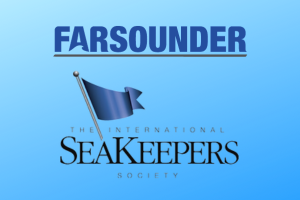
FarSounder and The International SeaKeepers Society Announce Partnership in Ocean Science
The International SeaKeepers Society (SeaKeepers) and FarSounder proudly announce their strategic alliance. They are collaborating on the goal to propel ocean conservation, research, education, and sustainability through the DISCOVERY Yacht Program. This dynamic partnership seeks to leverage FarSounder’s cutting-edge technology and cloud-based services to generate survey data that will, in turn, bolster a groundbreaking Citizen Science program for SeaKeepers.
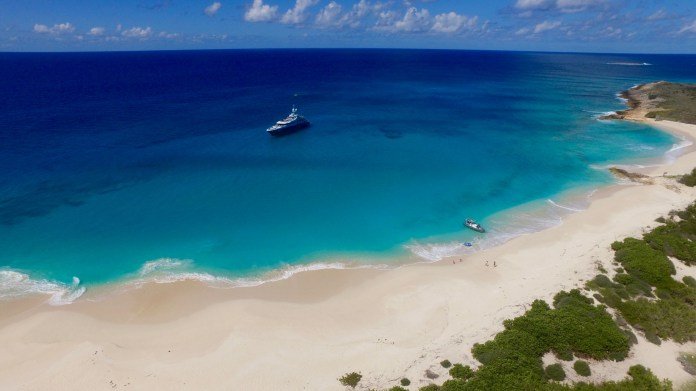
Yachts, science, and sustainability
Megan Hickling dissects a roundtable discussion on linking yachting enthusiasts with scientists and fostering ocean science for climate action…
An online roundtable held on 6th December, brought together representatives from Triton Submarines, International Seakeepers Society, Shadowcat, and FarSounder to discuss how and why yachts and science should connect for the better, as well as potential barriers to this collaboration.
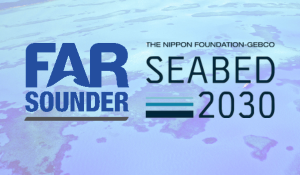
FarSounder joins Seabed 2030 in Mapping the World's Oceans
FarSounder is partnering with The Nippon Foundation-GEBCO Seabed 2030 Project to work together to advance the collective understanding of the ocean floor in pursuit of the complete map of the entire seabed. This partnership coincides with FarSounder’s recent Small Business Innovation Research (SBIR) Phase I grant awarded by NOAA.
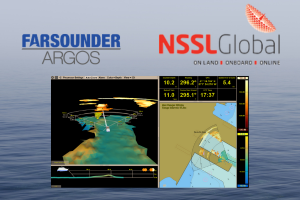
NSSLGlobal expands product portfolio with FarSounder’s innovative 3D Forward Looking Sonar
FarSounder and NSSLGlobal have joined forces to introduce FarSounder’s Argos product line to their defense, commercial, and leisure clients. These innovative Forward Looking Sonars (FLS) are used for safe navigation and obstacle avoidance.
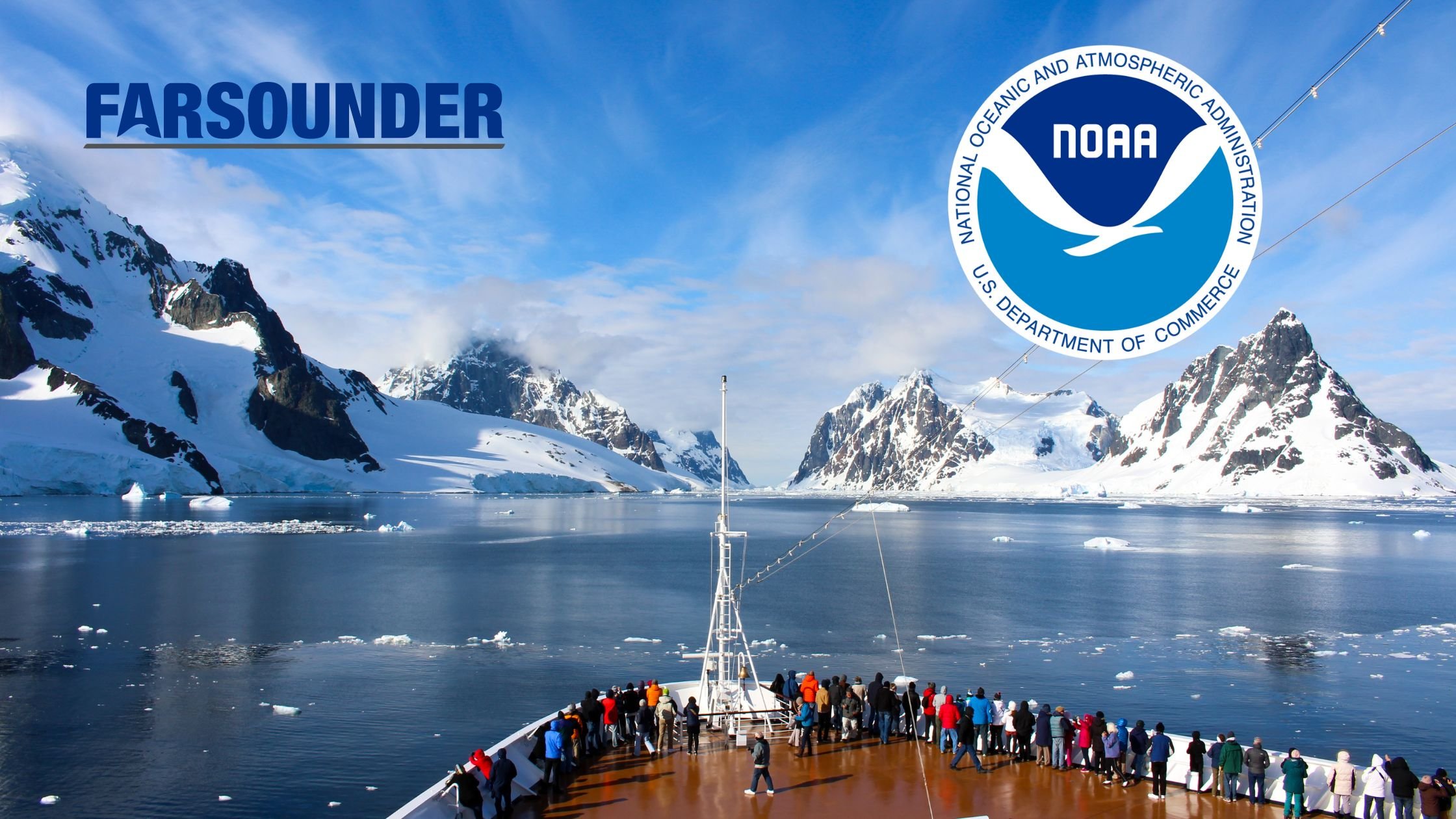
Sustainability and ROI Come Together With Forward Looking Navigation Sonar
Protecting the fragile underwater ecosystems and achieving business goals don’t always go hand in hand, but it can. Preventing groundings and collisions means minimizing ship downtime, avoiding injury to passengers, crew and wildlife, and reduction in accident-associated environmental penalties.
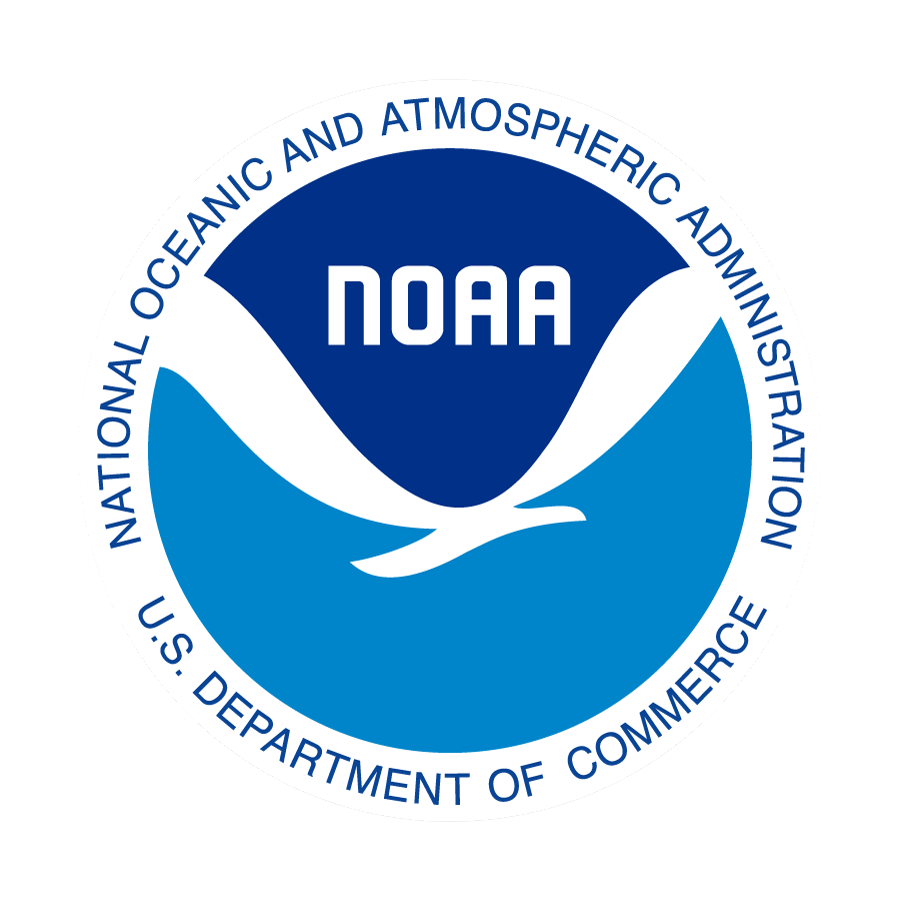
NOAA Awards FarSounder SBIR Grant
FarSounder has been awarded a National Oceanic and Atmospheric Administration (NOAA) Small Business Innovation Research (SBIR) Phase I grant. This award provides FarSounder funding for the research and development of a project entitled: Enabling Expanded Crowdsourced Bathymetry Contributions With High-Quality Metadata via Commercially Sustainable Incentives to Contributors.
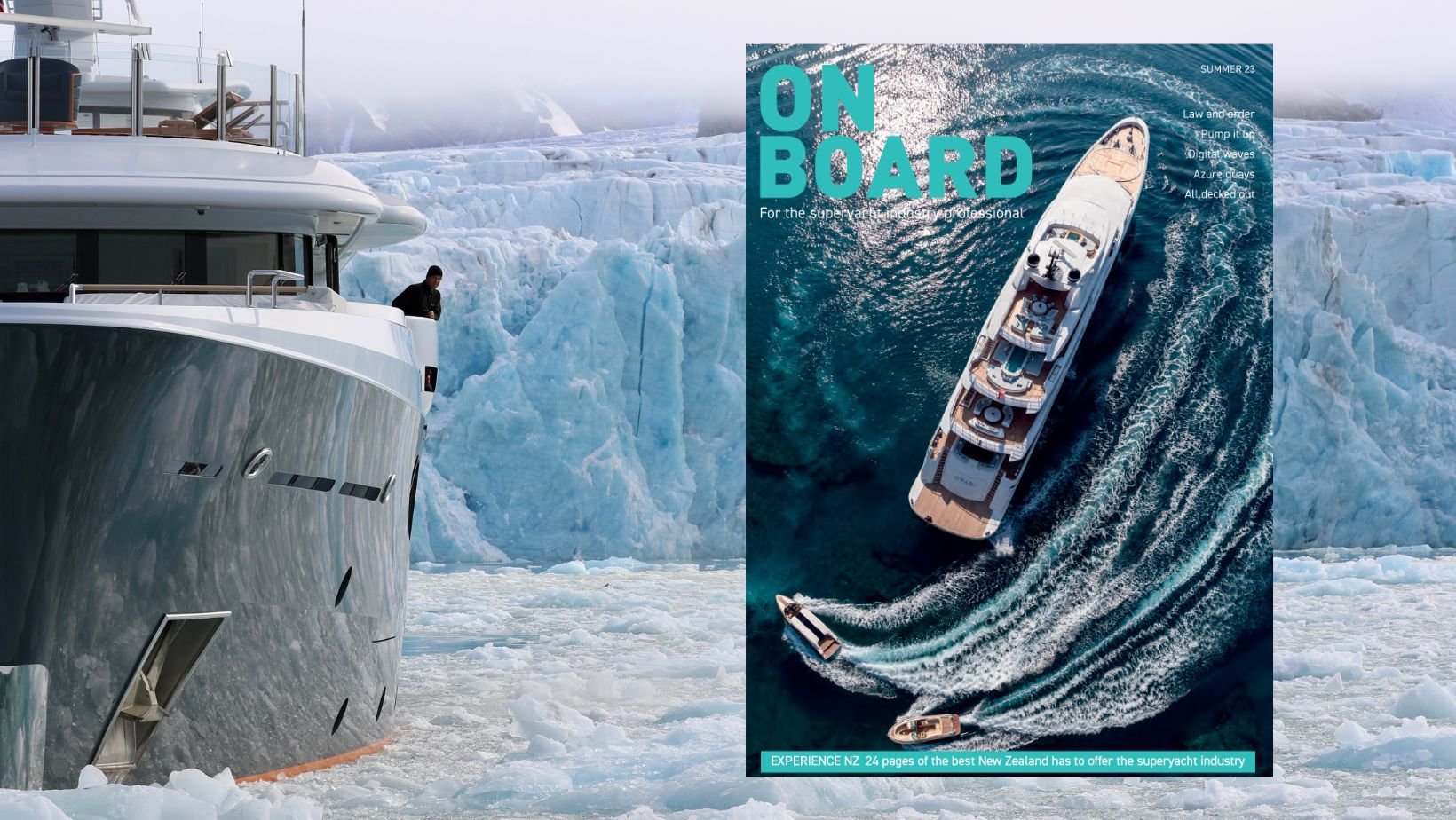
Three Dimensional
FarSounder’s Argos 3D Forward Looking Navigation Sonars are the most effective way to truly know what lies ahead of your yacht along the bottom and in the water column. With detection ranges out to 1000m, Argos sonars give yachts ample time to see hazards ahead, from the water’s surface down to the seafloor with a fast update rate, wide field of view, and an intuitive user-interface.

Crowdsourcing Bathymetry
Fortunately, expedition vessels have a wide range of navigation sensors they can use in conjunction with their charts to help them navigate such waters more safely. While navigating in these locations, these explorers are able to be a part of the solution through a worldwide crowdsourcing initiative. They have the opportunity to contribute to the global community by recording their depth and position observations along the way.
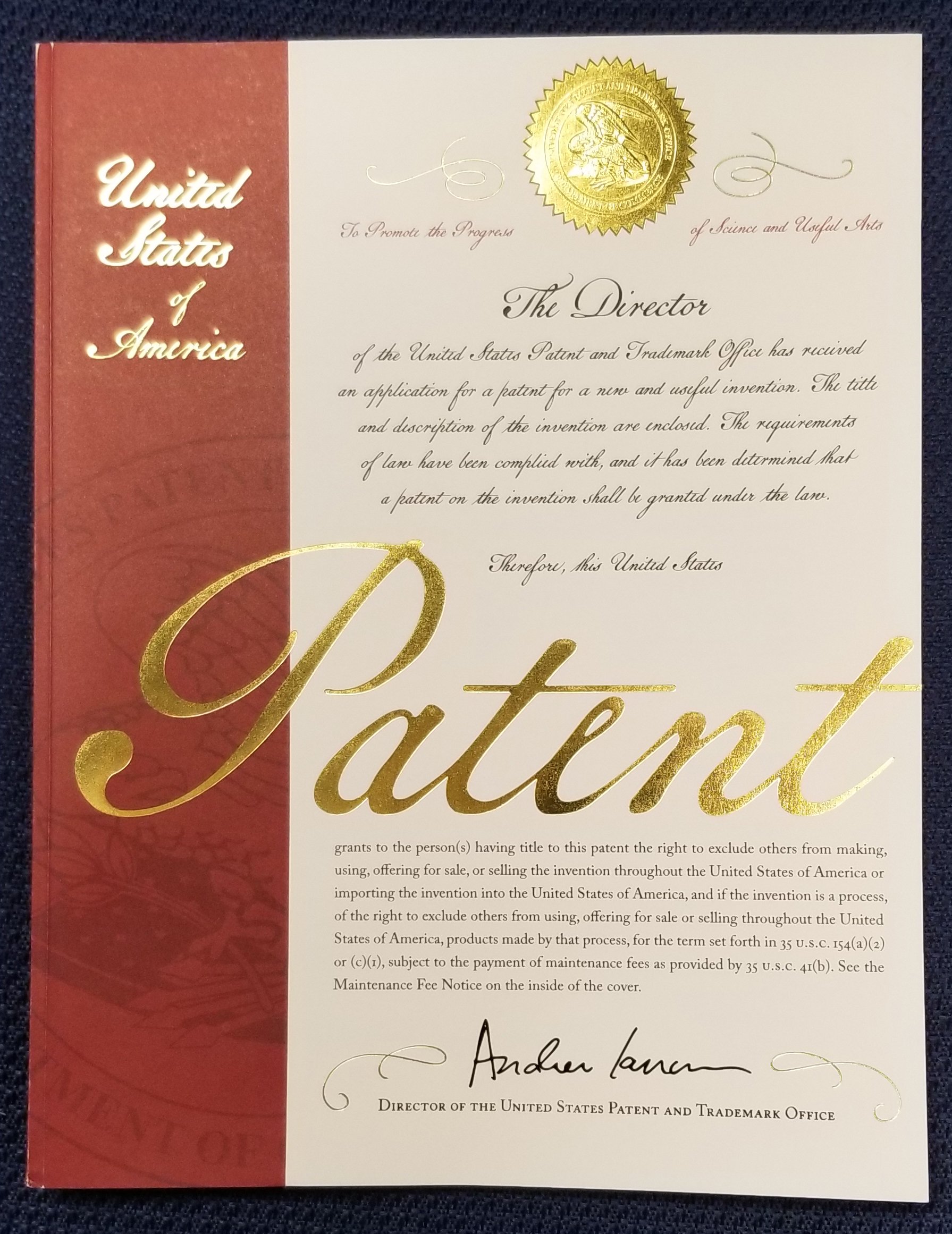
FarSounder Received Its 8th Patent
FarSounder, the leading developer of 3D Forward Looking Navigation Sonars, has expanded its IP portfolio with the issuance of its 8th Patent, number 11,609,316. This US patent expands the company’s patent portfolio for its unique sonar system and its 3D processing.

3D Forward Looking Sonar with FarSounder CEO, Matthew Zimmerman - Podcast S2E3
We are learning about some seriously important technology in this one! FarSounder is leading the industry with their latest 3D forward looking sonar products. Now with the Argos350, more recreational boaters can utilize this technology that allows captains to see what is in front of their vessel in real time.
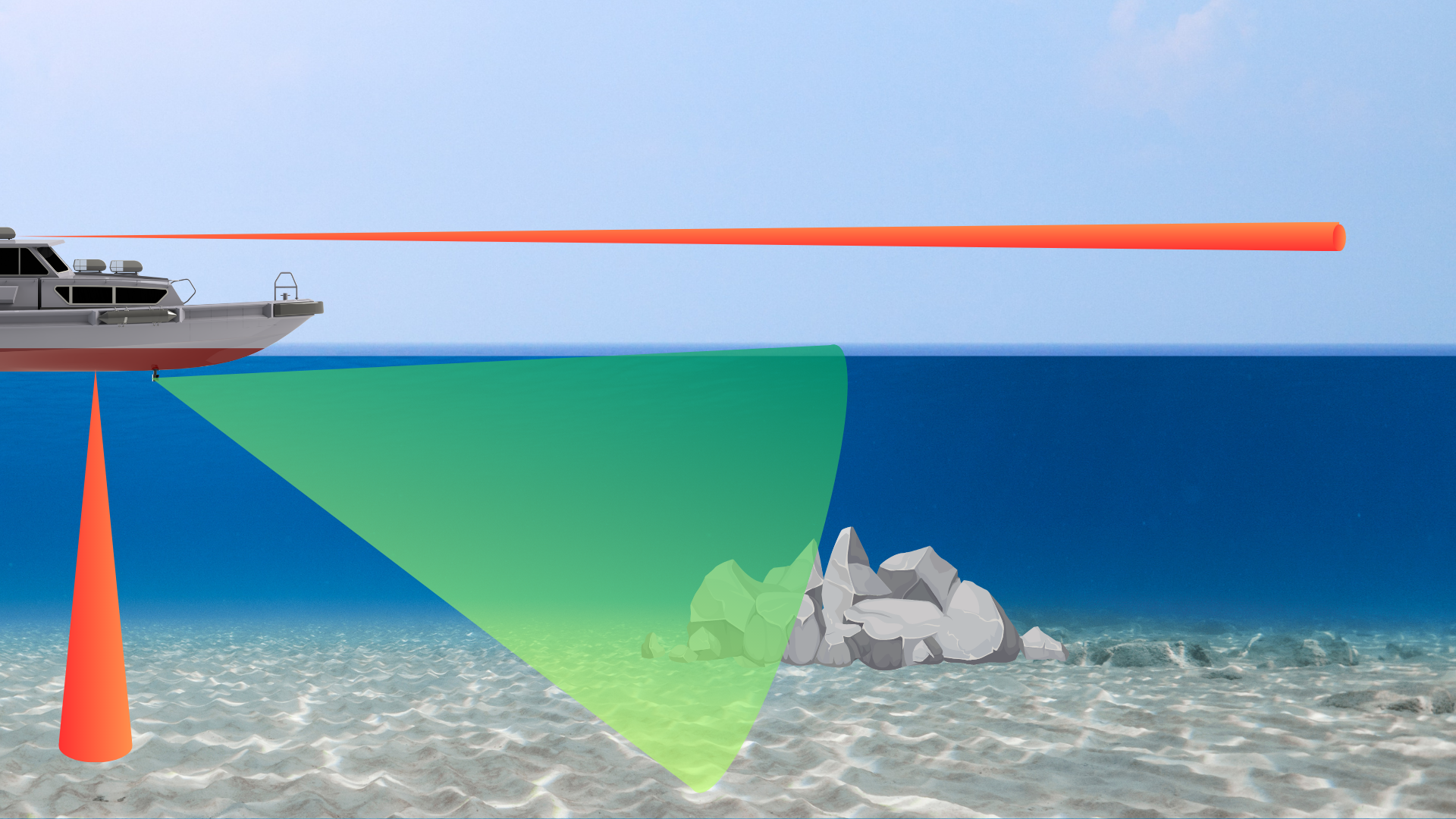
Unmanned Surface Vessels Growing Need For Underwater Obstacle Avoidance
As missions expand to long duration coastal monitoring, security patrols in austere ports, force projection into higher latitudes, ship-to-shore wayfinding, and high speed interdiction, consideration of underwater navigation hazards is becoming a priority for USV many operators.
